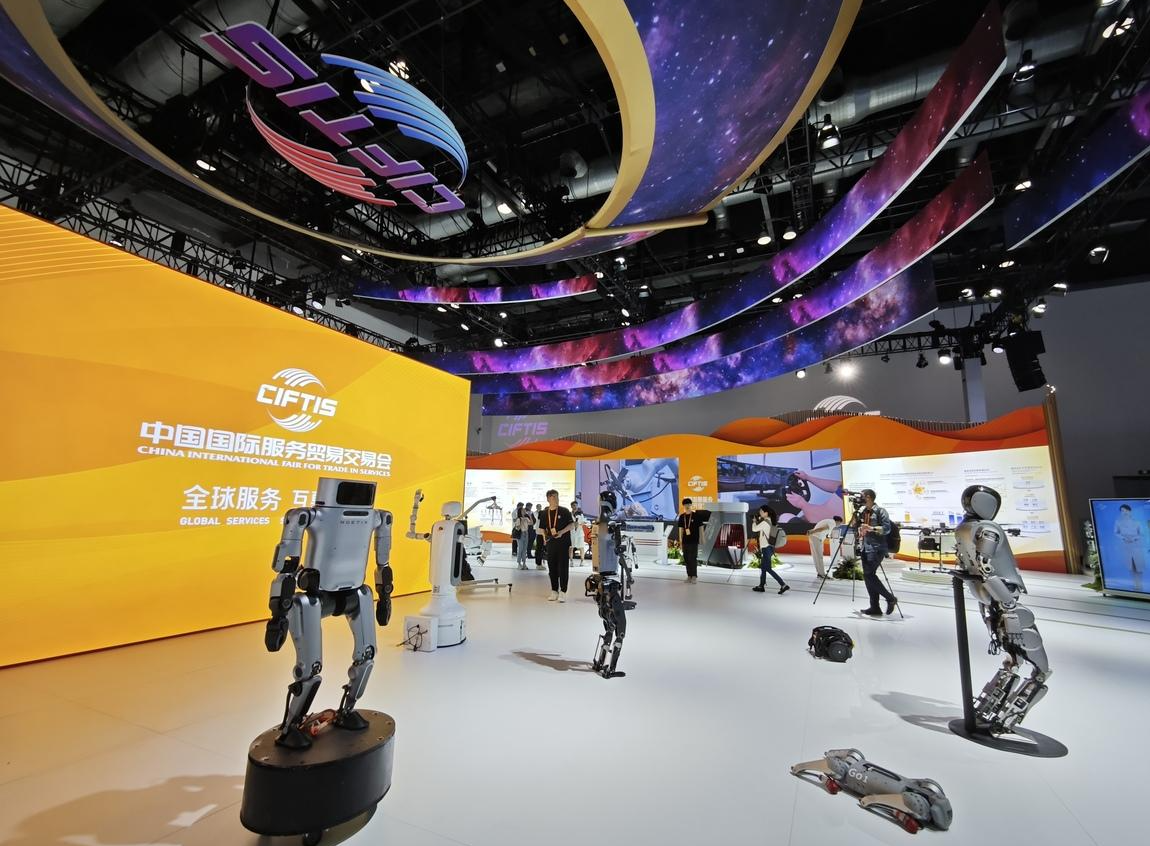PSYZC News
The Critical Role of Bearings in the Humanoid Robot Revolution
release time:2024/9/25 14:50:39
In the growing field of robotics, achieving precise, seamless motion is essential. While joints enable the robot to move, bearings are the backbone of the robot, ensuring smooth and accurate motion. Especially in humanoid robots, where precision cannot be compromised, the choice of bearings becomes a critical engineering decision.
Using the right bearings to power artificial intelligence will enable proper motion and extend the life of the bearings and joints. There are several designs of bearings used in robotic applications, each with its own advantages. The choice of bearing depends on the robot's specific requirements for load capacity, speed, accuracy, and stiffness.
Many of the designs below feature self-lubricating materials or lifetime lubrication options, eliminating the need to re-lubricate the bearings at specified intervals. Work with the bearing manufacturer to clarify your application needs and how to best support the overall mechanical motion.

Bearings in Rotary Actuators.
Cross-roller bearings offer high load capacity, precision, and compact design. They can support axial loads from both directions, radial loads, tilting moment loads, and any combination of loads. Used as output bearings in rotary actuators, cross-roller bearings are known for low friction torque and clearance, high durability and accuracy, and unique load capacity.
Flexible ball bearings can accommodate radial loads and limited axial loads. They are used in the wave generators of harmonic drive mechanisms. They have a very thin cross section and become oval when assembled by the camshaft to achieve the required function.
Designed to handle a combination of radial and axial loads in both directions, four-point contact bearings are a versatile, compact and cost-effective solution. Some of these bearings have split inner rings or split outer rings to allow for larger contact angles and to carry more axial and moment loads. Four-point contact bearings are used as input bearings for rotary actuators.
Angular contact ball bearings can carry unidirectional axial loads and are usually used in pairs to achieve bidirectional axial load capacity. As the contact angle increases, the load capacity increases.
RNN bearings, also known as full complement cylindrical roller bearings, have a very compact design and can carry heavy loads. They reduce vibration in robotic actuators and improve control and rigidity. In addition to high durability and uniform contact stress, RNNs also feature low noise and low vibration. These characteristics make them ideal for rotary actuators and linkage assemblies.





